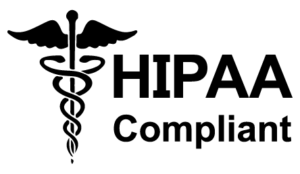
If you own or manage a home health care business then you are probably well aware of the new Patient-Driven Groupings Model or PDGM which will go into effect in January of 2020. PDGM focuses on each patient’s specific characteristics and is expected to have a significant impact on home health agencies claims processing, diagnosis coding and staffing models, impacting the bottom line of every home health organization out there. The good news is that by educating your current staff and implementing certain technology your business will be able to actually benefit from these changes.
Technology to Standardize Care and Generate Cash Flow
PDGM will use 30 day periods for payment rather than the current Prospective Payment System model which uses a 60 day period; it also eliminates therapy volume as part of the payment rate determinant. This means that no matter who the care provider is or who is writing the care plan, claims can go out as fast as possible and cash flow can be stabilized. In order to capitalize on this home health aides and skilled health care workers need to use technology to standardize care. The Centers for Medicare & Medicaid has said that home health care industry needs more streamlined operations and the only way to do that is by using technology.
Utilizing document management systems to house all documentation necessary for billing will reduce the time employees spend on conducting the tasks of filing claims and writing care plans, in turn, increasing organization and decreasing unbilled work. Technology integration will be extremely beneficial in this regard, especially mobile platforms that allow clinicians to track their notes on the go.
So, while PDGM is making some home health care providers nervous, you can begin preparing now by educating your staff on conducting thorough assessments and utilizing technology to help bridge the gap. PDGM’s renewed focus on caring for the individual patient and their specific attributes will ultimately improve outcomes for patients and care givers alike. This is a step in the right direction of improving the quality of care for retired Americans wanting to age in place, and with the proper preparation it will have a positive effect on the bottom line of home care agencies and business owners.
